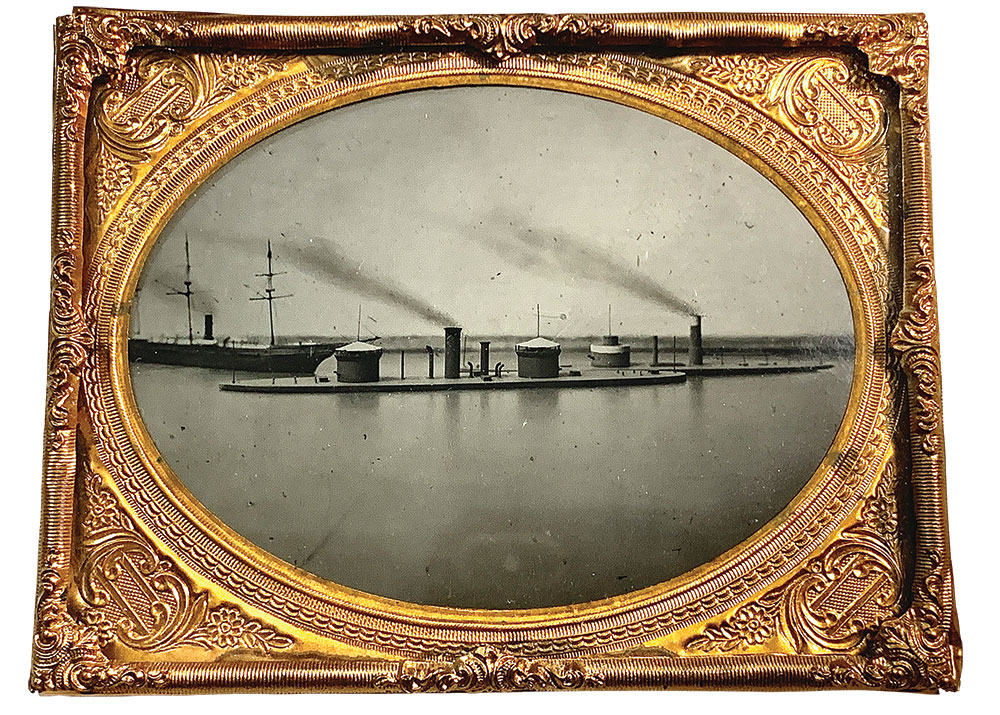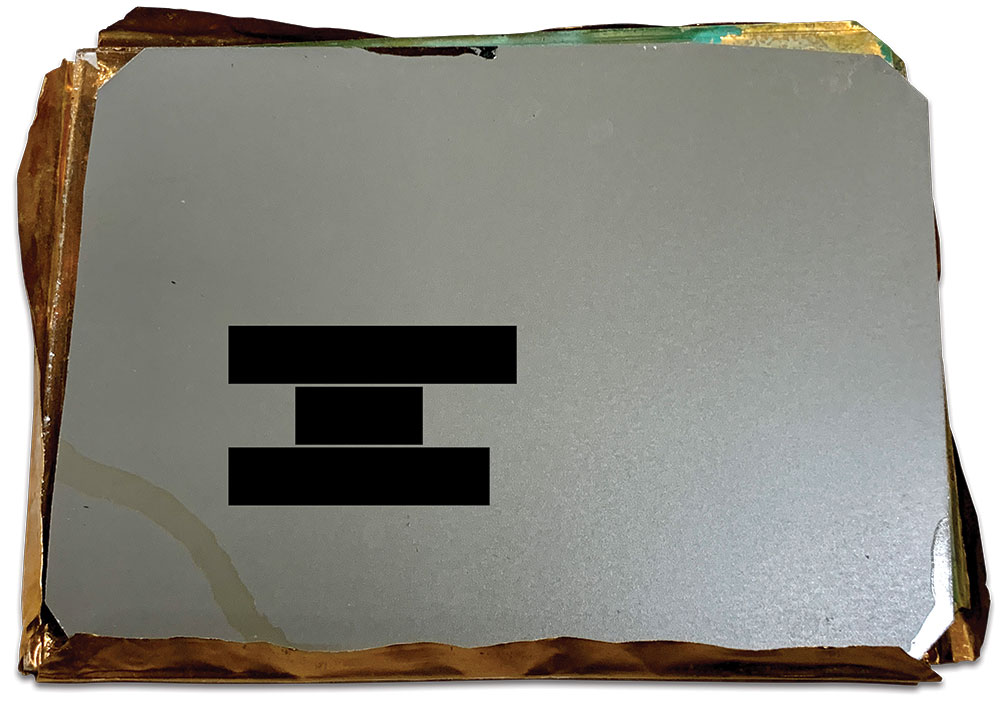By Perry M. Frohne
I’ve previously mentioned how each upgrade in technology and equipment used to improve our lives also produces a new wave of technically enhanced fakes.
I have a humdinger for your review in this column.
These impressive fakes are hitting the market through an alarming number of new online auctions, separate from the usual suspects. These venues make it almost impossible to track down known sellers of fakes by concealing their identities, and not releasing them for any reason.
The deck is stacked against us.
In this installment, I’ll illustrate why you need to be aware of exactly what you are buying and who it is that you are buying it from. I cannot emphasize this enough.
Be ever vigilant.
Convincing authenticity
A very concerned customer sent this image to me as an addition to my collection of fakes. When I first saw it, I thought he had made a mistake. This couldn’t be a fake! It had fooled several very experienced image dealers, including yours truly, upon first glance.
This quarter plate tintype has breathtaking content: Two Monitor-class ironclads, including one with twin turrets, and a wooden masted ship with what appears to be another ironclad behind it. Smoke rising from the stacks makes it appear that the photographer caught the ships in motion.
But when viewed with a 10x loupe, the ships are clearly models. I was almost convinced that it was a period photo using models to reenact a ship battle. That’s how authentic the overall appearance is.
Elements
When held in your hand, there is nothing uncomfortable about this image. The color matches an authentic period image. The mat, glass and preserver are also authentic. When removed from the period case, the back of the image appears genuine as well. There isn’t a strange color or any other obvious flaw to set off your fake radar.
I dug deeper to find the reason my customer declared it fake. The backing turned out to be an additional piece of modern tin with one side artificially aged. It fell away when I removed the preserver, exposing a very modern backing to the actual tintype. Scratched on the back is the printed name of a currently practicing tintype-maker, a creation date and the photographer’s signature.
The addition of the false backing leaves no doubt of the seller’s intention to sell this fake as the real deal. This crossed the line from art to fakery, along with the use of period mat, preserver, and case.
Thankfully my customer had the integrity to send this to me. I can’t thank him enough, because we now have an example of another way to relieve you of your hard earned cash: Modern-made tintypes of Civil War subjects sold as originals.
Photographers must take responsibility
Modern tintypists and ambrotypists, or collodion wet plate photographers, are the source for these impressive fakes. These “artists” must realize that the photos they create can result in good, trusting collectors being defrauded—which is exactly what happened to my customer. These photographers must take steps to guard against the possibility that someone might defraud an innocent collector at some point during the life of the artwork.
One easy way to solve this problem: Include something modern in the image area. It could have been placed in an inconspicuous area, not affecting the content, but still alerting you that it was a not a Civil War image. (In this example, the photographer claims to have used a modern paper mat, which indicates the seller replaced the paper mat with the period items and false backing.)
Another tip: They should use a modern mat, preserver, and case. These are easily purchased and send an immediate signal that this is not a 19th century image.
What can you do to protect yourself from being scammed?
I can’t say this enough—don’t let your guard down at the trade shows or purchasing from online sources. Buy from dealers you trust and that have been in business for a few years (at the least).
Also, take time to review my columns from the last two years. I have provided detailed ways in which to detect fake images.
Finally, and most importantly, carefully review what you are buying before taking out your money. You will be glad you did.
Perry Frohne is the owner of Frohne’s Historic Military. He has been investigating fake images for more than 20 years. He is a MI Senior Editor.
SPREAD THE WORD: We encourage you to share this story on social media and elsewhere to educate and raise awareness. If you wish to use any image on this page for another purpose, please request permission.
LEARN MORE about Military Images, America’s only magazine dedicated to showcasing, interpreting and preserving Civil War portrait photography.
VISIT OUR STORE to subscribe, renew a subscription, and more.





